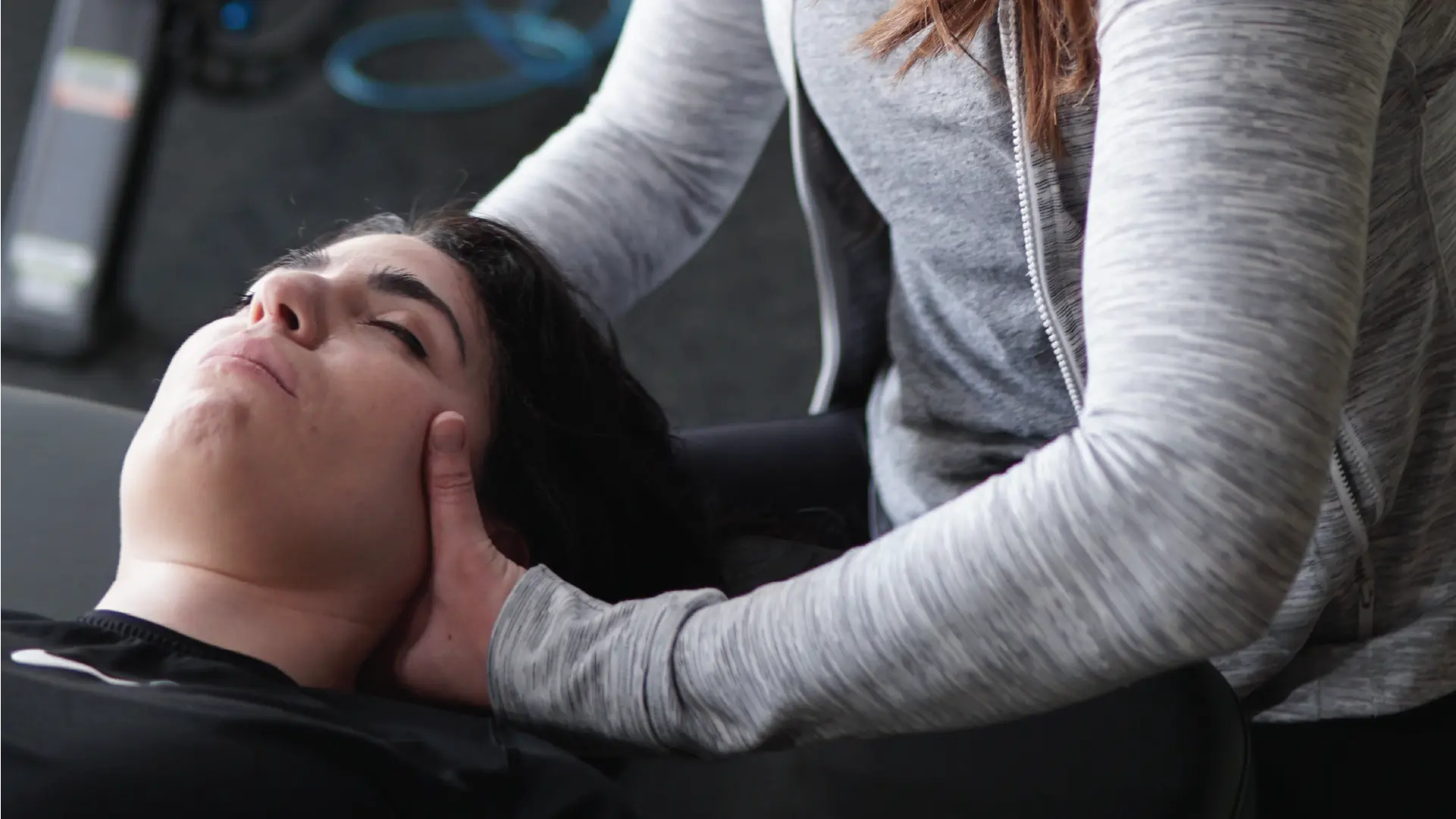Neck pain is a common problem we treat at our physical therapy clinic. It often appears on doctor referrals and is usually caused by muscle or joint issues. Many patients feel stiffness or discomfort in their neck without a clear injury. In Houston, people often describe this pain as a “crick” in the neck.
Our team specializes in treating neck pain, helping you reduce pain and improve movement through personalized physical therapy sessions.

Also known as neck arthritis, this condition involves wear and tear of the discs and vertebrae in the neck, leading to pain, stiffness, and reduced mobility.
This condition occurs when a nerve in the neck is compressed or irritated, often due to a herniated disc or bone spur, causing pain, weakness, and numbness that can radiate down the arm.
Commonly referred to as a “pulled neck muscle,” this can occur due to overuse, poor posture, or sudden movements, resulting in pain and limited range of motion.
Typically caused by sudden jerking movements of the neck, such as in car accidents, whiplash can result in neck pain, stiffness, headaches, and sometimes dizziness or blurred vision.
This condition involves the narrowing of the spinal canal in the neck, often due to age-related changes or conditions like arthritis, leading to nerve compression and symptoms like neck pain, tingling, and weakness.
Sudden, involuntary contractions of neck muscles can cause significant pain and stiffness, often triggered by injury, overuse, or poor posture.
Similar to spondylosis, cervical osteoarthritis involves degeneration of the cervical spine, leading to pain, stiffness, and reduced mobility.
Cervicogenic headaches are a type of headache that originates from issues in the cervical spine (neck). They can sometimes act similar to a tension-type headache or migraine. These headaches arise from abnormalities or dysfunction in the cervical spine, such as misaligned vertebrae, muscle tension, or irritated nerves. Symptoms: Cervicogenic headaches typically cause pain on one side of the head, often starting in the neck and radiating to the back of the head, temples, forehead, or behind the eyes. The pain is usually dull or aching and may be accompanied by neck stiffness or limited range of motion.
If you or a family member have been dealing with persistent pain for more than three weeks without improvement, a visit to a licensed physical therapist could be highly beneficial. While many aches and pains improve on their own, ongoing issues often need a professional evaluation from a musculoskeletal expert.
All information on this website is intended for instruction and informational purposes only. The authors are not responsible for any harm or injury that may result. Significant injury risk is possible if you do not follow due diligence and seek suitable professional advice about your injury. No guarantees of specific results are expressly made or implied on this website.
© unifypt.com | All rights reserved